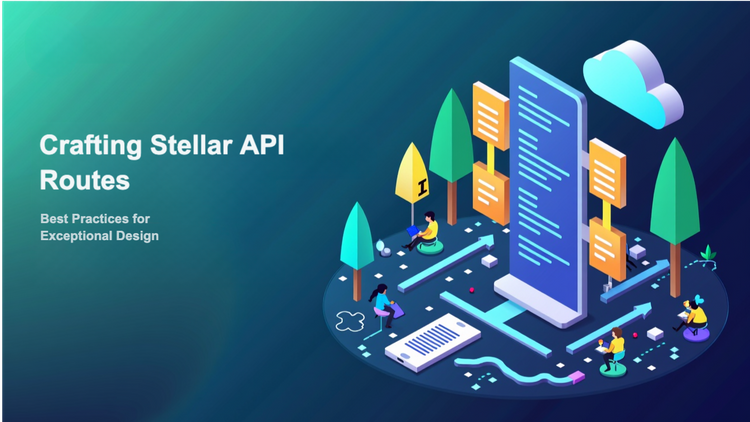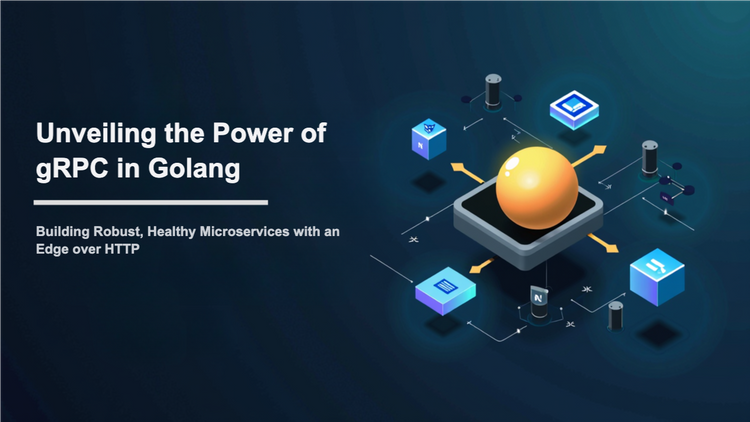Golang Tutorial 8: Concurrency in GoLang
Concurrency is a fundamental programming paradigm that allows multiple tasks to execute simultaneously, enabling efficient utilization of resources and improved program responsiveness. GoLang provides a powerful set of tools and mechanisms for achieving concurrency, making it an ideal language for developing high-performance and scalable applications.
Understanding Concurrency and Parallelism
Concurrency and parallelism are often used interchangeably, but they have distinct meanings:
Concurrency: The ability of a program to handle multiple tasks simultaneously, even if they are not executing in parallel.
Parallelism: The actual execution of multiple tasks simultaneously on multiple processors or cores.
In GoLang, concurrency is achieved primarily through Goroutines, lightweight threads that can be managed efficiently by the Go runtime. Goroutines enable developers to write concurrent code without explicitly managing threads or synchronization mechanisms.
Key Concepts in GoLang Concurrency
Goroutines: Lightweight threads that execute concurrently, managed by the Go runtime.
Channels: Communication channels for exchanging data between Goroutines.
Mutexes: Synchronization primitives for preventing data races and ensuring thread-safe access to shared resources.
Waitgroups: Synchronization primitives for tracking the completion of multiple Goroutines.
Goroutines
Goroutines are lightweight threads that allow you to run multiple tasks concurrently in GoLang. They are managed by the Go runtime, which schedules them for execution on the available processors. Goroutines are very efficient and can be created and managed with minimal overhead.
Here is an example of how to create a goroutine:
go func() {
fmt.Println("Hello from a goroutine!")
}()
This code will create a new goroutine and start it executing the function func() { fmt.Println("Hello from a goroutine!") }(). The go keyword tells the Go compiler to schedule the function for execution in a goroutine.
Channels
Channels are a way to communicate between goroutines. They are typed conduits for exchanging data between goroutines. Channels can be used to send and receive data, and they can also be used to synchronize the execution of goroutines.
Here is an example of how to create a channel and send data to it:
ch := make(chan string)
go func() {
ch <- "Hello from a goroutine!"
}()
This code will create a new channel of type string and send the value "Hello from a goroutine!" to it. The <- operator is used to receive data from a channel.
Waitgroups
Waitgroups are a way to synchronize the execution of multiple goroutines. They are a way to wait for a group of goroutines to finish executing before proceeding.
Here is an example of how to use a waitgroup to wait for two goroutines to finish executing:
var wg sync.WaitGroup
wg.Add(2)
go func() {
defer wg.Done()
fmt.Println("Hello from goroutine 1!")
}()
go func() {
defer wg.Done()
fmt.Println("Hello from goroutine 2!")
}()
wg.Wait()
fmt.Println("Both goroutines have finished executing.")
This code will create two goroutines and wait for them to finish executing before printing "Both goroutines have finished executing." The defer wg.Done() statement tells the waitgroup that the goroutine is done executing. The wg.Wait() statement will block until all of the goroutines that have called wg.Add() have called wg.Done().
Common Concurrency Patterns in GoLang
Worker Pools: A group of Goroutines dedicated to performing specific tasks, often used for handling asynchronous workloads.
Pipelines: A sequence of Goroutines that process data through a series of stages, enabling efficient data transformation and processing.
Fan-Out/Fan-In: A pattern where a task is distributed to multiple Goroutines for parallel execution, and the results are then collected and aggregated.
Benefits of Concurrency in GoLang
Improved Performance: Concurrency allows efficient utilization of resources, enabling faster execution of concurrent tasks.
Scalability: Concurrent applications can handle increasing workloads by adding more resources, making them scalable to handle large user bases and data volumes.
Responsiveness: Concurrent applications can maintain responsiveness even when handling background tasks, providing a better user experience.
Challenges of Concurrency
Data Races: Concurrent access to shared resources without proper synchronization can lead to data corruption and unpredictable behavior.
Deadlocks: Occurs when two or more Goroutines are waiting for resources held by each other, causing a stalemate and preventing progress.
Synchronization Overhead: Managing synchronization mechanisms can increase code complexity and introduce overhead.
Conclusion
Concurrency is a powerful tool in GoLang for developing high-performance, scalable, and responsive applications. By effectively utilizing Goroutines, channels, synchronization primitives, and waitgroups, GoLang developers can write concurrent code that efficiently handles multiple tasks, improves resource utilization, and enhances application performance. However, it is crucial to carefully consider synchronization strategies, debug for potential data races and deadlocks, and balance the benefits of concurrency with the potential challenges it introduces.





